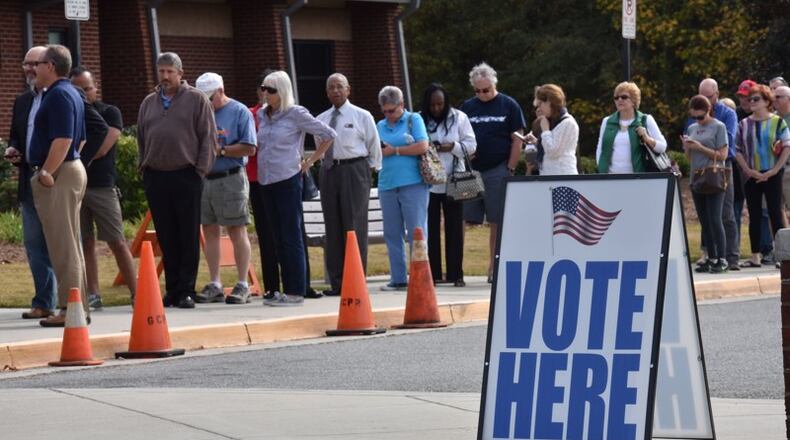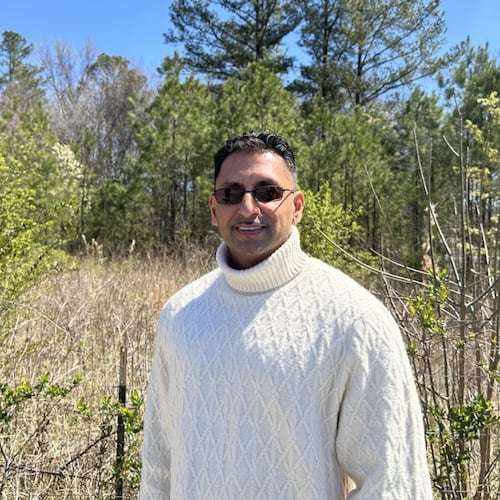Would you believe that how a state voted in the 2016 election can predict how deadly its roads are? Numbers compiled and analyzed by road safety activist and former National Highway Traffic Safety Administration scientist Louis V. Lombardo and non-profit journalistic investigation site FairWarning.org show this strong correlation. Data shows that states that voted Republican both the 2012 and 2016 presidential elections averaged far more crash-related deaths per 100,000 people than did states that voted for the Democratic candidate.
The numbers come from 2015 U.S. Fatality Analysis Reporting and 2015 estimates from the U.S. Census Bureau. They show that red state Wyoming had the worst numbers of the 50 states at 24.74 deaths per 100,000. In fact, the top 14 on the list were all red states, whereas the bottom 12 were blue.
The initial reaction is to philosophically grab at straws and tie these strong correlations to the platforms of the parties or the stereotypes of the voters. But scientists say the relationship between “red” and “dead” has more practical explanations.
Red states are normally more rural. Rural states have less traffic, so vehicles can move faster and hit harder. Major highways in rural states are often two lanes and undivided, so there is a higher propensity for dangerous head-on crashes. Urban states and areas that often swing blue have much more traffic and that gridlock is more often on divided interstates or highways. Urban residents also have more access to mass transit. Separate from voting, data in the FairWarning piece shows that rural areas average more than twice as many traffic deaths per 100 million miles traveled (1.82) than urban (.76).
The less exact science in this analysis comes from sociologist Arlie Russell Hochschild, who wrote a 2016 book on Louisiana’s conservative voters. She says that rural residents are more likely to have less money, so therefore their cars are in worse repair. Then she digs into the most controversial part of the piece.
Hochschild talks about “a kind of cowboy mentality, a kind of deregulatory, anything goes culture” that she says normally exists in red states. That culture argument is debatable, but there is no doubt that speeding and failing to wear seat belts highly increase the odds of death in a wreck.
The final piece of data in the piece is sobering: traffic deaths were up 7.2 percent nationwide 2014 to 2015. 2016’s numbers are being finalized, but through June, they were on pace to have risen another eight percent. Those year-to-year increases are the biggest in 50 years.
So regardless of your political leanings, we can agree on two things. First, rural roads are generally more dangerous, so we need to be even more vigilant when driving in those areas. And second, traffic deaths are astonishingly increasing throughout the country. If we want those numbers to start decreasing again, we need to stop texting and driving, slow down and wear our seat belts, for starters.
About the Author
The Latest
Featured


